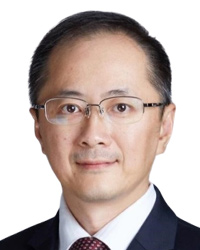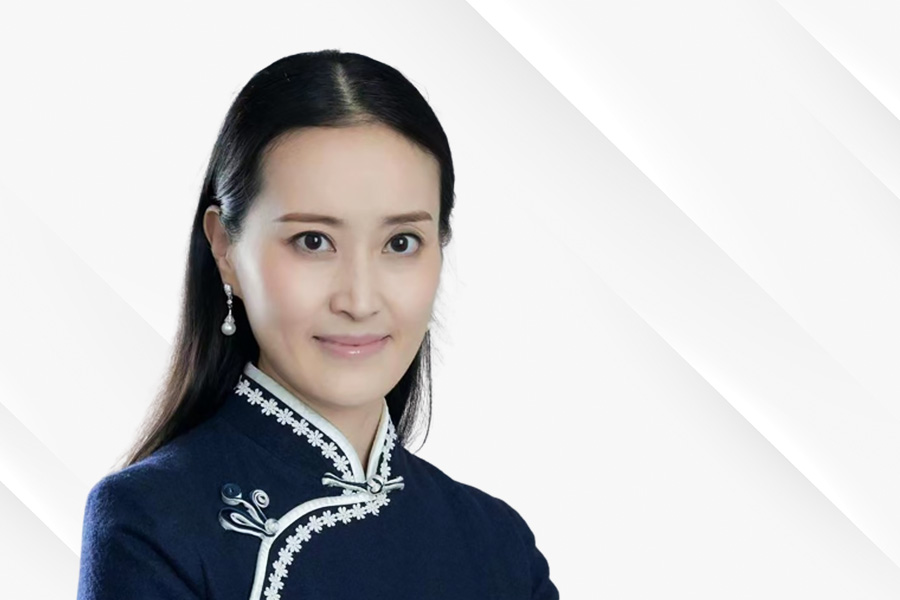Headquartered in the Guangdong-Hong Kong-Macau Greater Bay Area (GBA), the Shenzhen Court of International Arbitration (SCIA, also known as the South China International Economic and Trade Arbitration Commission, or the Greater Bay Area International Arbitration Centre) is an arbitration institution based on the unique advantages of “one country, two systems and three jurisdictions”. The SCIA is the cross-border arbitration hub that connects different jurisdictions, applies different laws, facilitates cross-border enforcement, and strengthens resource sharing. It also acts as a bridge linking mainland China, Hong Kong and Macau with the world to take innovations in GBA arbitration to new heights.
A HISTORY OF COLLABORATION
As the GBA’s first arbitration institution, the SCIA has been a critical bridge connecting the mainland, Hong Kong and Macau legal communities since its inception in 1983. For almost 40 years, professionals from Hong Kong and Macau’s business and legal communities have participated in SCIA arbitration as council members, arbitrators, mediators, representatives of the parties or expert witnesses, lending their expertise to the resolution of cross-border disputes. In this time, six “Hong Kong factors” have stood out.

President
Shenzhen Court of International Arbitration (SCIA)
Hong Kong factors in the governance structure. The SCIA is a statutory body, according to the Ordinance on the Shenzhen Court of International Arbitration by the Shenzhen Municipal People’s Congress, which states that at least one-third of SCIA council members must come from Hong Kong, Macau or other overseas regions. Seven of the current 13 council members are from Hong Kong or other overseas regions, playing a vital role in the decision-making and supervisory process of the institution.
Hong Kong factors in the panel of arbitrators. Eight of the SCIA’s first 15 arbitrators were from Hong Kong, making it the first mainland arbitral institution to enlist Hong Kong arbitrators. The SCIA’s panel now includes 1,547 arbitrators from 114 countries and regions, including 151 from Hong Kong.
Hong Kong factors in enforcement of awards. In 1989, an arbitral award rendered by the SCIA was recognised and enforced by Hong Kong’s High Court. It was the first award enforced by Hong Kong courts pursuant to the New York Convention and also the first arbitral award from mainland China to be recognised and enforced overseas. Since then, the SCIA’s awards have been recognised and enforced worldwide.
Hong Kong factors in the caseload structure. Since China’s reform and opening-up, the SCIA has efficiently resolved a significant number of Hong Kong-related cross-border commercial disputes, playing a vital role in stabilising HK-mainland economic and trade relations. From 2019 to 2021, the SCIA accepted 849 Hong Kong-related cases, with a total disputed amount exceeding RMB72.3 billion (USD10.2 billion). The disputed amount of Hong Kong-related cases handled by the SCIA in 2022 to September exceeded RMB35.7 billion.
Hong Kong factors in arbitration rules. The SCIA has long attached importance to alignment with Hong Kong’s arbitration rules. In 2016, it promulgated the SCIA Guidelines for the Administration of Arbitration under the UNCITRAL Arbitration Rules, setting Hong Kong as the default place of arbitration, promoting the application of Hong Kong law and arbitration rules.
Hong Kong factors in linked mechanism. In 2013, the SCIA initiated the Guangdong, Hong Kong & Macau Arbitration & Mediation Alliance, comprising 18 commercial arbitration and mediation institutions across three jurisdictions. With collectively introduced rules and a joint panel of mediators, the alliance formed the co-operative cross-border dispute resolution mechanism of “mediation in Hong Kong or Macau + arbitration in Shenzhen”.
A TALE OF TWO CITIES
With 2019’s creation of the South China International Arbitration Centre (HK), or SCIAHK, the SCIA and its Hong Kong affiliate offer new solutions from both sides of the border to disputes across the GBA, giving full play to the unique advantages of “two jurisdictions, two venues, two institutions and two sets of rules”. Shenzhen and Hong Kong are a powerful combination to attract international arbitration.
Connecting Shenzhen and Hong Kong hearings. In the past two years, a number of foreign-related cases were heard synchronously in Shenzhen and Hong Kong. One concerned a foreign-related private lending dispute with a disputed amount exceeding RMB100 million. The claimant was a mainland Chinese citizen and the three respondents Hong Kong residents. One of the three arbitrators was from the mainland, and two from Hong Kong.
To facilitate the participation of Hong Kong-based arbitrators and parties, the SCIA and SCIAHK provided synchronous on-site and remote-connection facilities. The SCIA provided physical facilities for the claimant and the arbitrator based in mainland China, while the SCIAHK did the same for Hong Kong participants. With full communication between the tribunal and the parties, the claimant and respondents reached a settlement, resulting in an efficient, harmonious and satisfying conclusion.
The dual-venue hearing greatly enhances parties’ experience and sense of participation, and markedly improves the quality of cross-border arbitration.
Connecting SCIA and SCIAHK rules. By issuing the 2016 guidelines and setting Hong Kong as the default place of arbitration, the SCIA aims to promote the application of Hong Kong law in Hong Kong-related cases, and for Hong Kong professionals to take part in GBA-based dispute resolution as arbitrators, representatives of parties, or expert witnesses.
On 1 May 2022, the SCIAHK issued the South China International Arbitration Centre (Hong Kong) Arbitration Rules, primarily penned by one of its directors, Peter Malanczuk, an adjunct professor in Hong Kong University’s Faculty of Law. The SCIAHK rules are largely based on the UNCITRAL Arbitration Rules in order to be easily understood and applied by overseas parties.
The SCIAHK rules also reflect the SCIA’s rules, which place a heavy weighting on time and cost efficiency compared with other international arbitration institutions. This significantly improves arbitration efficiency, raises expectations for a rapid resolution, and offers options to optimise costs.
With “two cities, two arbitration institutions” and their respective arbitration rules, the SCIA and SCIAHK demonstrate unique strengths that combine the advantages of Hong Kong, and the high-efficiency, low-cost characteristics of arbitration in mainland China, offering a variety of choices for dispute resolution for parties worldwide.
Liu Xiaochun is the president of Shenzhen Court of International Arbitration (SCIA)
Going with the global flow: arbitration developments and practiceBy Chen Fuyong, Beijing Arbitration Commission/Beijing International Arbitration Centre (BAC/BIAC) |
 |
Marching towards the inner circle of international arbitrationBy Wang Chengjie, China International Economic and Trade Arbitration Commission (CIETAC) |
 |
Innovation and resilience: arbitration in Hong KongBy Yang Ling, Hong Kong International Arbitration Centre (HKIAC) |
 |
Institutions must step up to protect arbitration ecosystemBy Donna Huang, International Chamber of Commerce |
 |
Shanghai arbitration hub: converge and innovateBy Wang Weijun, Shanghai International Economic and Trade Arbitration Commission/Shanghai International Arbitration Centre (SHIAC) |
 |





















